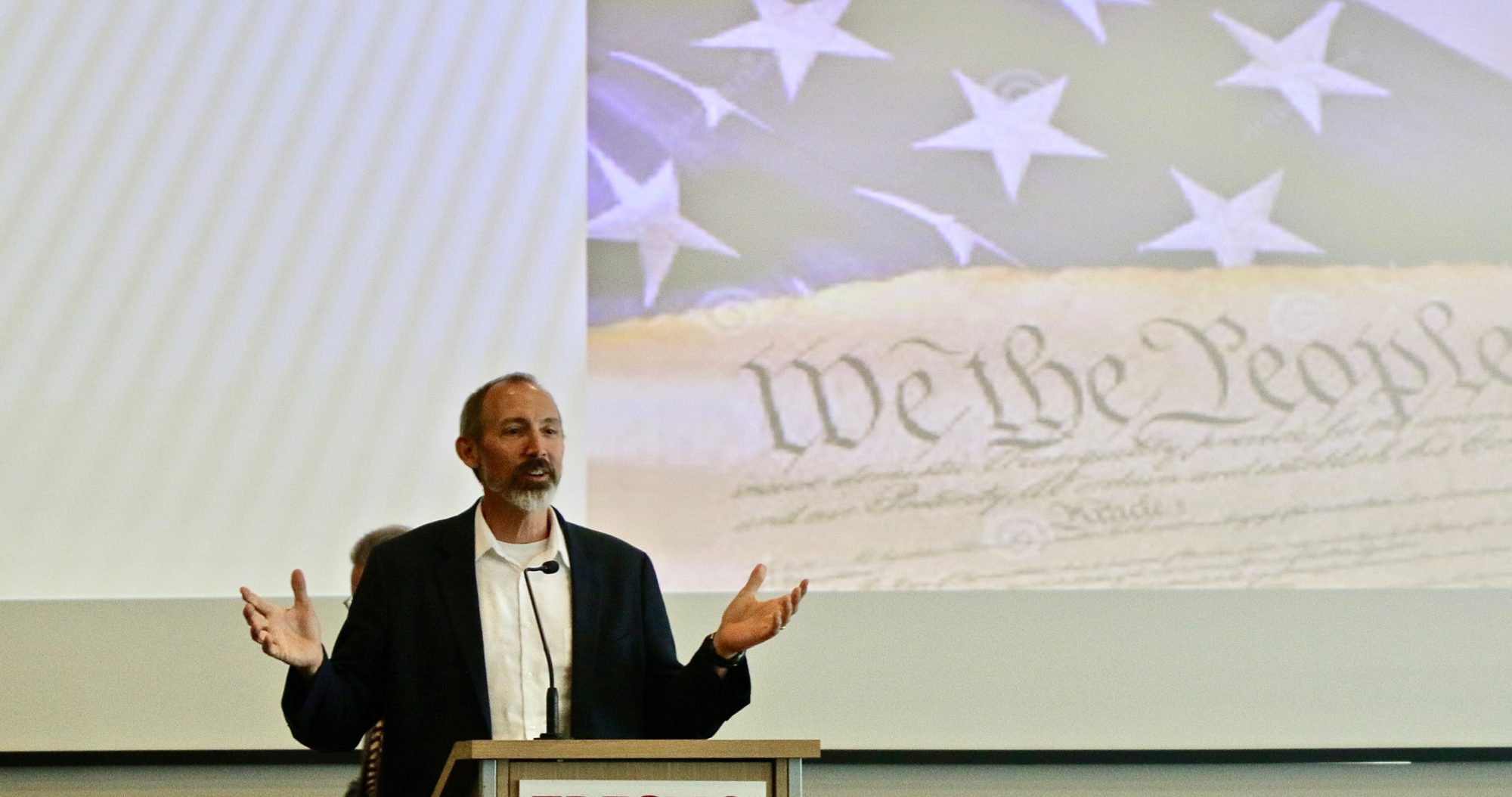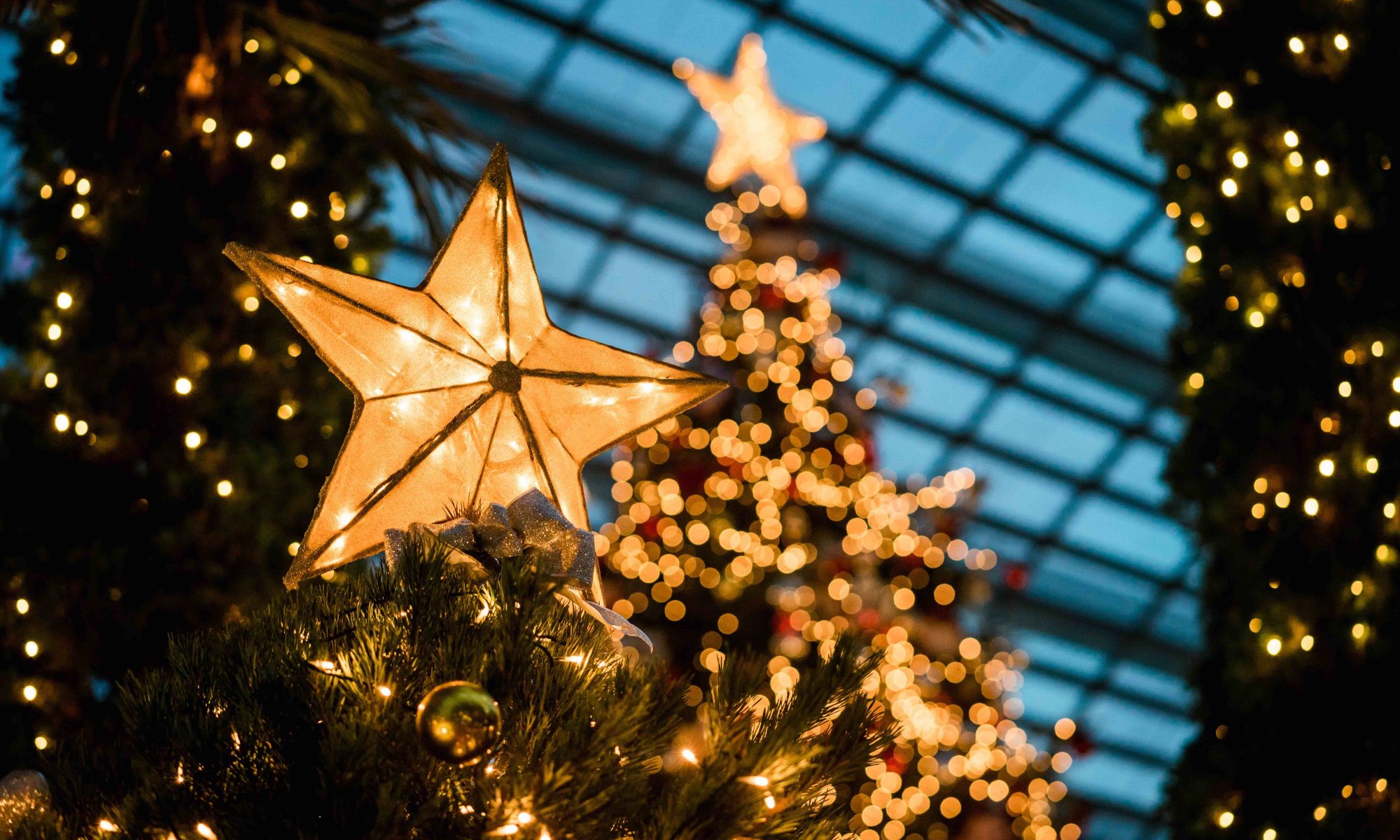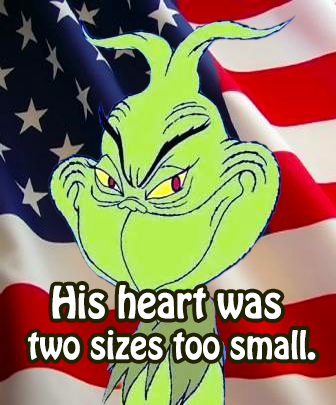Someone recently asked me, “Do you believe in Christmas?” We were talking about religion. As we wandered in the depths of theology, my friend said, “But what about Christmas? Do you believe in that?”
This struck me as a strange question. What would it mean to believe in Christmas? Is the question about the virgin birth and the metaphysics of incarnation? Or is it about Santa and the elves? Or is it about something else, like love and hope? Maybe it is all of these.
Skeptics have criticized the traditional Christian narrative. Jamie Carter, a science writer, recently asserted that there is no such thing as a supernatural star. Carter suggests the Christmas star may have been a bright conjunction of planets or a passing comet. But that deflationary account ignores the star’s symbolic value. To ask if that star was really a supernova is to miss the point of the story.
Scholars have debunked many aspects of the Christmas story. Bart Ehrman argues, for example, that we don’t really know the year, the date, or even the season of Jesus’s birth. But one need not be a skeptic to understand that Christmas includes myth and legend. Ten years ago, Pope Benedict XVI published a book explaining that there were likely no animals present at Jesus’ birth. The animals were added to the story for symbolic value and dramatic effect.
The current Pope, Francis, wrote about the nativity scene a couple of years ago, recounting the creation of the first Christmas creche by Saint Francis of Assisi. Saint Francis wanted a symbolic representation of the Biblical story. According to the pope, the nativity scene is a symbol that brings light into the darkness.
So were there really three wise men, shepherds, and a baby asleep on the hay? The Bible’s Gospels don’t agree about the details of the nativity. And when I visited the Church of the Nativity in Bethlehem, our tour guide told us that Jesus was born in a cave, not in a wooden stable. As the years pass, stories are repeated and embellished. Churches are built atop ancient grottos. And tales are retold and repackaged for the present generation.
Much of what we enjoy about that Christmas has been adorned by art and imagination. Christmas includes “Silent Night” and “White Christmas.” There’s also Charlie Brown, Scrooge, and the Grinch. In the shopping malls, Santa gives out candy canes. We hang lights on the outside of our homes and bring trees into our living rooms. None of that is in the Bible. But Christmas is all of this, and more.
But is there a kernel of truth that we might believe in? The theologians tell us it is about the incarnation of God. But what exactly does that mean? And how are we supposed to get our heads around that singular and mysterious event?
Maybe the attempt to nail things down points us in the wrong direction. Human culture and religion are expansive. They grow and develop. New songs, images, and interpretations appear and add to our experience. This creative, hospitable, and joyful spirit is surely part of what it means to say that the angels are singing about goodwill toward all.
Christmas bears witness to the creative spirit. Saint Francis contributed to it. So did Franz Gruber when he composed “Silent Night.” So did Charles Dickens, when he created Scrooge and Tiny Tim. We also witness the Christmas spirit in “White Christmas”, a tune by Isaiah Berlin, a Jewish immigrant from Russia. Charles Schulz showed us Linus caring for Charlie Brown’s sad little tree. And Dr. Seuss reminds us that the Grinch can be redeemed.
And each family has its own traditions and stories, ornaments and favorite foods. When we celebrate Christmas with our loved ones, we renew that creative and joyful spirit. This is what the exchange of gifts is all about. It is a process of sharing joy, hope, and love.
December is cold and dark. Without Christmas, these days would be bleak. But we warm our hearts by filling the night with laughter and song. The Christmas star is more than a passing comet. It is a symbol that reminds us to seek light in the darkness.
Read more at: https://www.fresnobee.com/opinion/readers-opinion/article270075617.html#storylink=cpy





